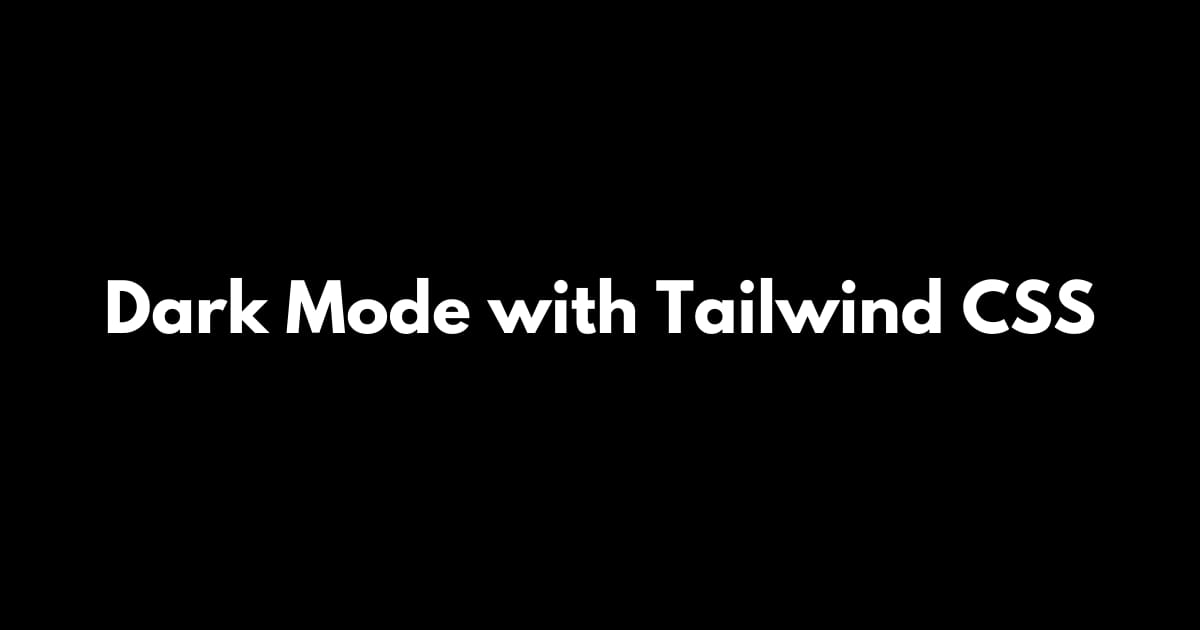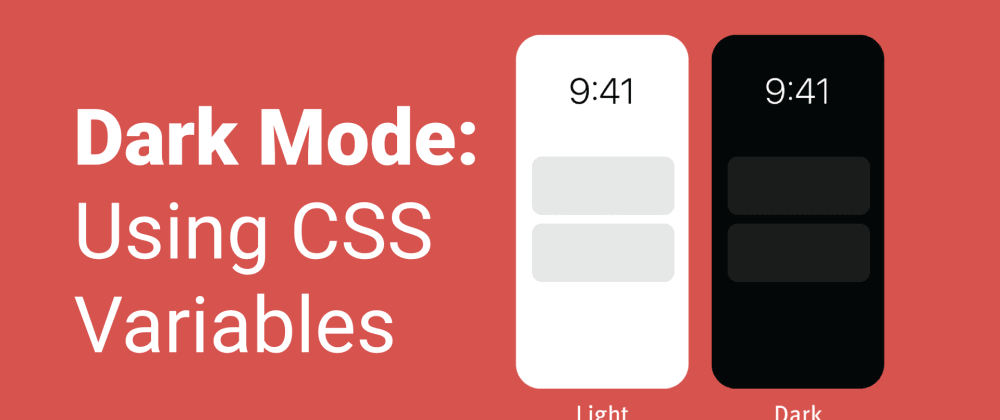

Bind CSS variables to HTML * ) Finishing touches – adding transitionĪs finishing touches, you may add transitions to the CSS properties that we binded with variables, such as color, box-shadow-color, and background-color. On the other hand, with SCSS $ sign, you will need to reassign the variables to the elements you want. It’s recommended to use the native CSS var() function over the $ sign in SCSS because with CSS variables, when you override the variables’ properties, they will directly be applied to the HTML elements that reference them. Light mode and Dark mode are defined by using the HTML attribute: data-theme of course you may name this attribute to any value you want. (Light Mode) Then we override these variables and give them different values inside the dark mode selector.
#DARK MODE SWITCH CSS CODE#
In the CSS code above, we first create CSS variables that target the root element and the default theme. By doing so, we can override these variables when we are in dark mode instead of rewriting an entire CSS set for dark mode. We will later uee colors defined by these variables directly on our HTML elements. In order to easily switch appearance between light mode and dark mode, we need to create some CSS variables. We will change these elements’ appearance in light mode and dark mode. The card contains three elements: title, body text and shadow. The toggler element is taken directly from W3School since it’s not the main focus of this tutorial, but you may replace it with your own switch. In this tutorial, we use a div element with the CSS class container to be our page background, but in real projects, this could be the body element or your parent element. It is also where the box-shadow will live.

Lorem Ipsum has been the industry's standard dummy text ever since the 1500s, when an unknown printer took a galley of type and scrambled it to make a type specimen book. Lorem Ipsum is simply dummy text of the printing and typesetting industry.

Getting the HTML readyįor the HTML, besides from container div elements, we only need to care about the toggler element and the card element. We will be looking at a small card example, but the concept is the same and can be easily adjusted to suit your own business case. We extracted and unified all necessary variables to make it possible to implement based on CSS Vars. In this tutorial, I will walk you through the complete process of creating a light / dark mode toggle using only plain Javascript and CSS. Beware of the (pretty good) browser support for these.As dark mode becomes one of the major trends in 2020, more and more people start to integrate dark mode into their new projects due to its high accessibility and the low to zero pressure it brings to audiences’ eyes. CSS Custom PropertiesĪlthough this would be possible without it, we'll use CSS Custom Properties (aka CSS Variables) to help us with the theming. "But the label is empty?" I hear you say. This means clicking the label will check the box. The label is connected together with our checkbox by setting the label's for value the same as our checkbox's id.
#DARK MODE SWITCH CSS HOW TO#
Place the checkbox before and at the same level in the DOM tree, as this container How to create a dark\light mode switch in CSS and Javascript In this tutorial, we'll take a look at how to create a dark theme for your web project, and how to switch from a default (light) theme to a dark one with the help of CSS Custom Properties.Wrap our themed page content in a container.The secret behind the theme switching functionality is a simple checkbox, CSS's :checked selector, and the lovely subsequent-sibling combinator, ~.įor this to work, there are a few things we first have to do: īuuuutttt… where's the fun in doing that when you can achieve the same thing with CSS only, am I right? 🙌 The magic revealed With CSS Custom Properties, it's only a matter of listening for a button click and setting a dark-mode class or data attribute on. What most, if not all, of these solutions have in common however, is the need for a tiny bit of JavaScript to switch between themes. This new media feature - which is now supported by Firefox as well - gave us a way to automatically detect the user's preference with some simple CSS. I've personally been using macOS Mojave's dark mode since release, and I'm completely sold on it.Įver since Safari released their new feature prefers-color-scheme, I've seen a lot of people experimenting with implementing this on their own websites. So called dark mode layouts have been getting a lot of attention and hype lately, as more and more companies have implemented an optional design of their websites and products. Check it out live before reading if you want!


 0 kommentar(er)
0 kommentar(er)
